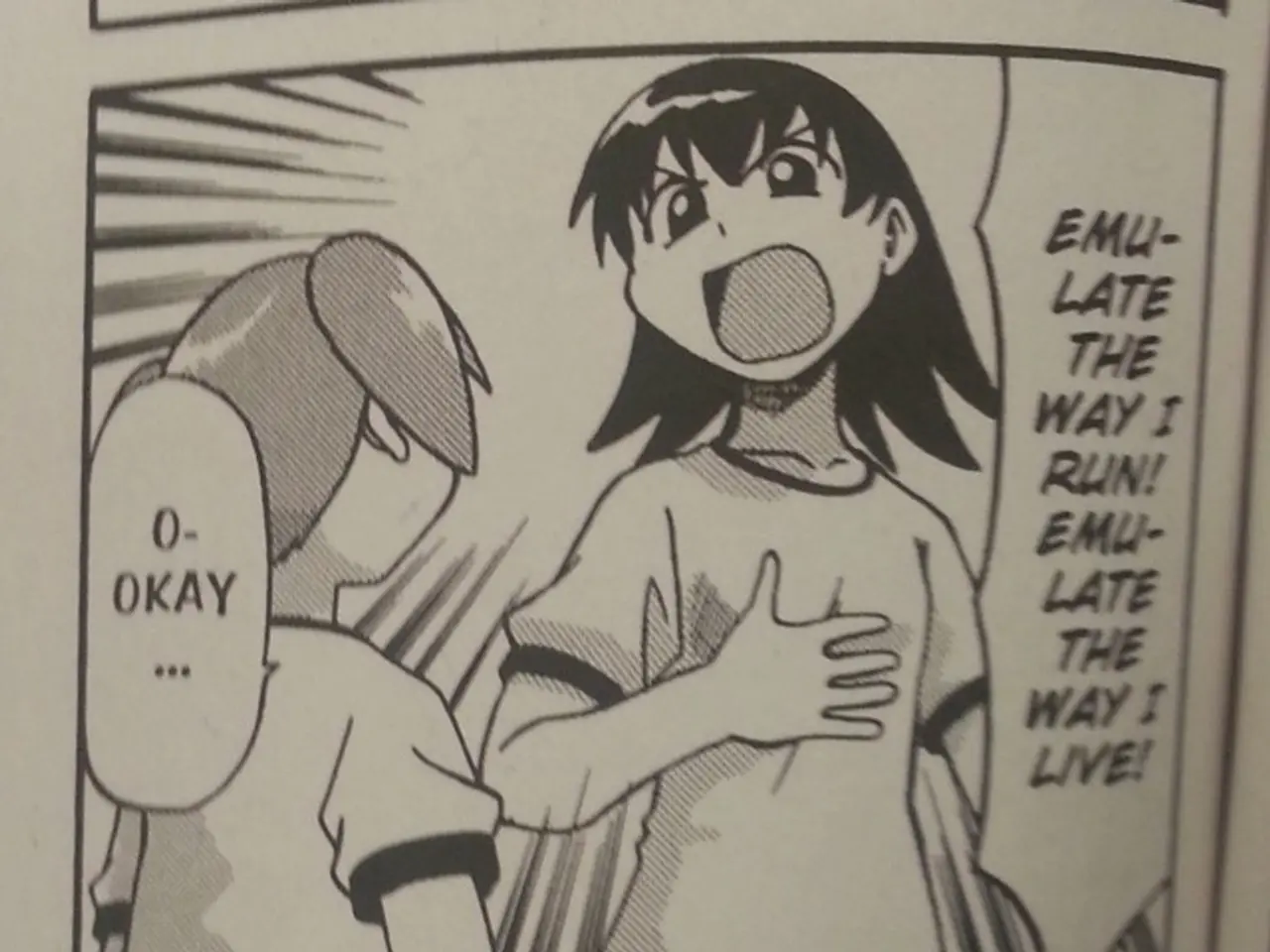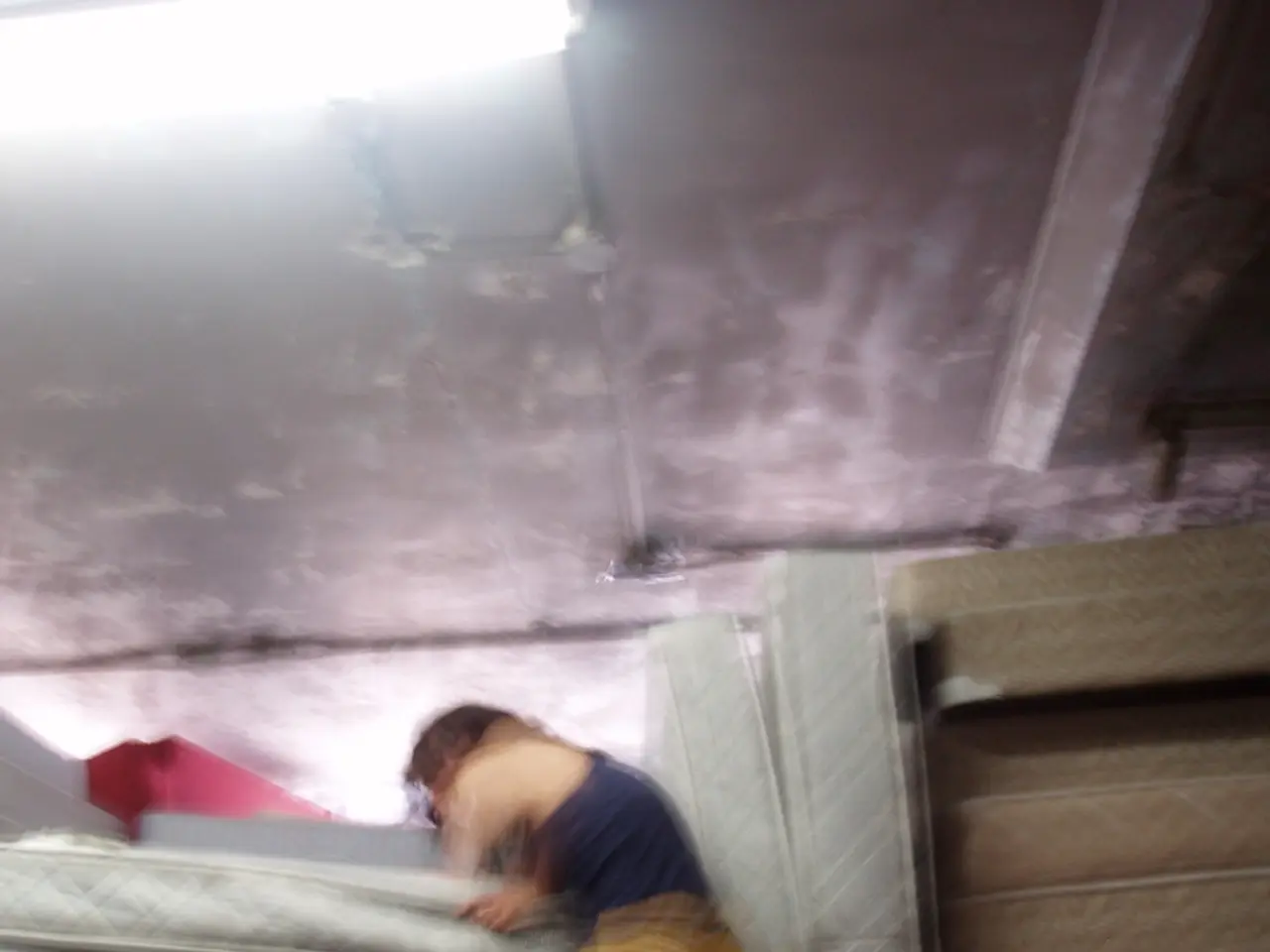"Ikea introduces vibrant patterns into households: a discussion on democratizing bold designs"
In the world of home decor, Ikea has long been a symbol of bold, functional, and democratic design. Founded in 1943 by Ingvar Kamprad, the Swedish retail giant revolutionised textile design in the 1960s and beyond, introducing bold, youthful patterns, vivid colours, and playful prints that brought visual boldness and a new aesthetic spirit into everyday interiors.
During the 1970s, considered the golden age of Ikea textiles, designers like Inez Svensson introduced striking graphic patterns that set the blueprint for Ikea’s design identity going forward. These patterns featured bold colours and playful motifs, elevating textile design to a central role in interior decoration rather than a background element.
Ikea’s textiles from this era included children’s prints with humour and narrative, such as Anna-Lena Emdén’s ‘Sigge Snagg’ and ‘Konrad/Pensel,’ which infused homes with lightheartedness and personality, challenging the traditional restrained ‘grown-up’ aesthetic.
The company applied a philosophy of creative freedom for designers, allowing experimentation with motifs inspired by everyday life (e.g., food-themed prints like the broccoli-inspired ‘Anniken’), which further contributed to bold, pattern-rich interiors.
Ikea democratised design by producing these innovative textiles along with their functional furniture at large scale and affordable prices. This was aligned with their overall Scandinavian-inspired minimalist yet functional approach, packaged for self-assembly and easy distribution worldwide.
Over decades, Ikea has continued to update and revisit these themes, celebrating its textile legacy while maintaining visual boldness and accessibility as core principles of its home aesthetic. Iconic patterns such as Anna Sörensson's 'Stockholm' (2006) and Ikea's 80th anniversary Nytillverkad collection (2023) are still popular and relevant today.
The 'Tyg' line features pre-cut cotton fabrics, designed to inspire DIY and upcycling projects with no sewing skills required. This approach to textile design is rooted in Ikea's philosophy of accessibility, championed by Ingvar Kamprad, with textiles being the easiest way to bring design into homes without spending a fortune.
In recent years, Ikea has revived the work of design collectives like 10-Gruppen, underscoring its lasting relevance. The exhibition 'Ikea: Magical Patterns' at Edinburgh’s Dovecot Gallery showcases 180 textile designs that have defined Ikea’s visual DNA. The exhibition will run until 17 January 2026, offering a glimpse into the rich history of Ikea's textile design revolution.
Ikea operates in 63 countries, bringing its vibrant, affordable, and accessible home aesthetic to millions of households around the world. With its continued commitment to design innovation and accessibility, Ikea remains a leading force in the world of home decor.
Ikea's expansion in the fashion-and-beauty sector could be the next exciting frontier, following their success in home-and-garden and technology, as they aim to democratize design and make bold, youthful patterns and vivid colors more accessible to all. As they did with their textile design revolution, Ikea may introduce playful motifs and everyday-life inspired patterns to the world of fashion and beauty.
Exhibiting fashion designs that maintain the visual boldness and accessibility of Ikea's home aesthetic could be a potential extension of their design philosophy, allowing people to express themselves through fashion without breaking the bank, just as they've done with home decor for over seven decades.




